Design of Injection Mould for Instrument Window Panel
What below picture shows is the instrument window panel product, the maximum external dimension of the product is 317.93 mm x 167.80 mm x 118.80 mm, the average thickness of the part is 1.50 mm, the material is PP TD20, the shrinkage rate is 1.012, and it is 161.18 grams. The technical requirements for the plastic parts are that there must be no defects, such as flash, short shot, flow lines, gas mark, warpage deformation, silver streaks, unevenness etc.
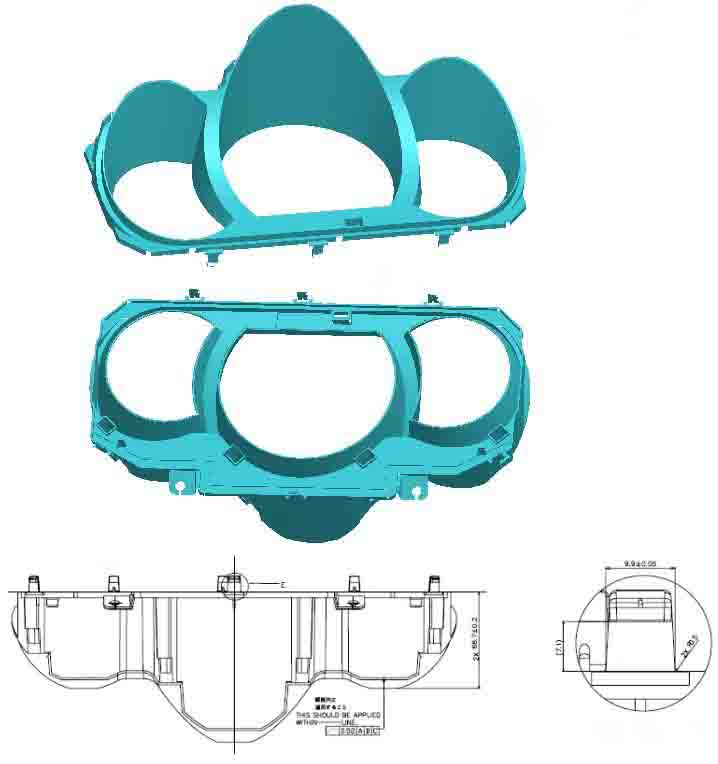
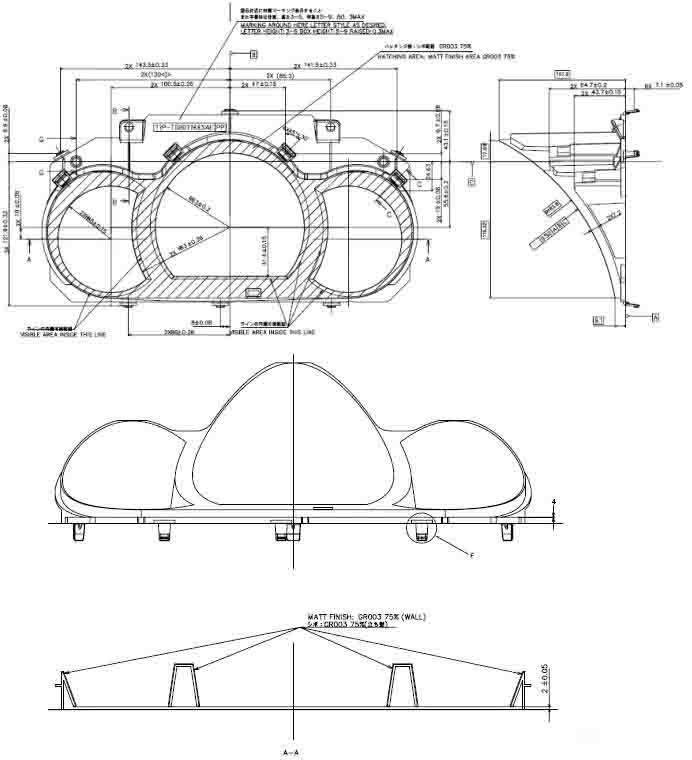
The instrument window panel is the inner bracket of the instrument panel at the front of the cab of one kind of car in Japan. According to the user requirements of the parts, it is made of PP TD20, this material is to add calcium carbonate (talcum powder) to PP to improve the physical properties of plastics by adding fillers. The common uses of adding calcium carbonate to PP materials are the manufacturing of refrigerator drawers and car bumpers. We can know from below picture, the structure of the part is complex. The parts have large ups and downs, and there are many small scratches on the edges. The main difficulties in the mold design of such plastic parts lie in gate design, plastic part filling, how to ensure dimensional tolerances and how to prevent ejection deformation. On the other hand, the mold structure of plastic parts is simple, and there are no complex structures such as sliders. The design of two lifters is for the purpose of ejection, so as to avoid clamping the plastic parts during ejection. The size of the plastic parts is large, and the mold is 1*1 cavity. The mold base is a non-standard mold base CI 5075 designed, in order to adapt to the clamping way of Japanese injection molding machines. One side of the mold base is chamfered, and no locating ring is designed. The spacing between the parting surfaces of the AB plate is designed to be 15, and two balance blocks 21 are designed on the core side of the parting surface to balance the force of the mold. In the core of the mold, located pins are designed between each plate of the mold base to increase the rigidity of the mold. The design of the gating system adopts the sub gate design. The bushing is 0.2~0.25 larger than the one side of the gate sleeve, so as to avoid the undercuts and affect the removal of the runner. After the molten plastic enters the parting surface from the main runner oh the small nozzle 01, it sneaks into the cavity from the center of the middle large round window through the latent gate.
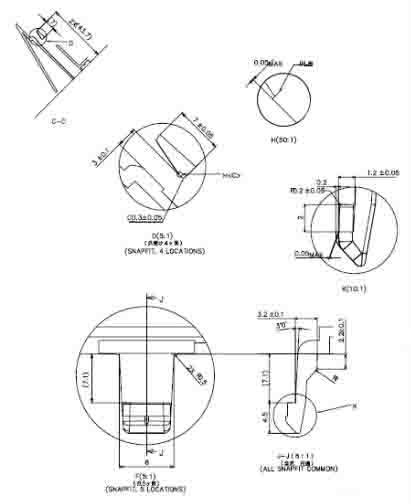
The size of the plastic part is large, so the size of cavity and core is correspondingly large. Therefore, the lower frame of the mold core is located and compressed by a wedge block. The cavity and core are locked by tapered interlock at the four corners. For the cavity, according to the structural characteristics of the plastic parts, the cavity is divided into two parts, and these two parts are locked with each other by angular surface and screws. The shutoff location on the edge of the plastic part is all made of inserts. The height of the plastic part is large, the tightening force on the core is large, and the force is uneven. A lifter is designed at both ends of the plastic part (the side of the mold), and the glue position in these two places is deep, all in the core, an ejector mechanism must be designed. If a ejection block is designed, the plastic parts will be clamped, so the lifter is designed. The three semi-circular raised edges have the maximum ejection force, and a ejection block is designed, and the ejector pin is designed to eject the rest part. In order to make the ejector mechanism smooth, a guide mechanism must be designed for the ejector plate. Guide pin 08 and guide sleeve 09 use MISUMI standard parts to guide the ejector mechanism. This guide pin is directly inlaid on the back of the B plate and the bottom plate, and the precision is higher than that of the guide pin directly fixed on the bottom plate, and it also acts as a support pillar.
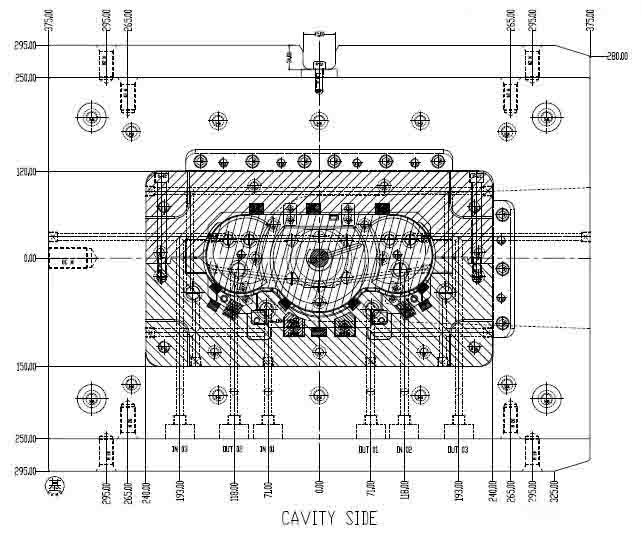
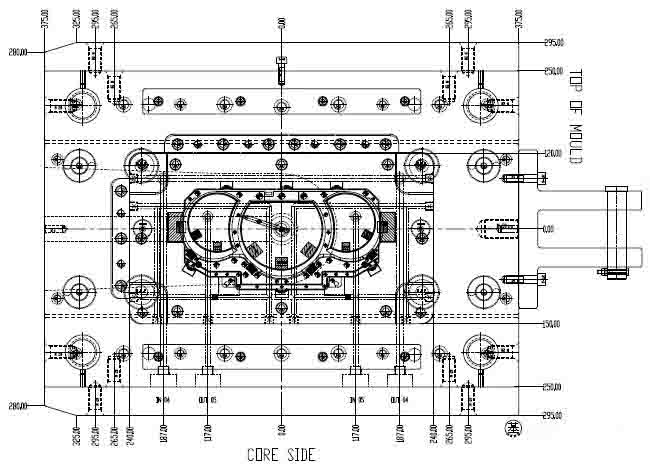
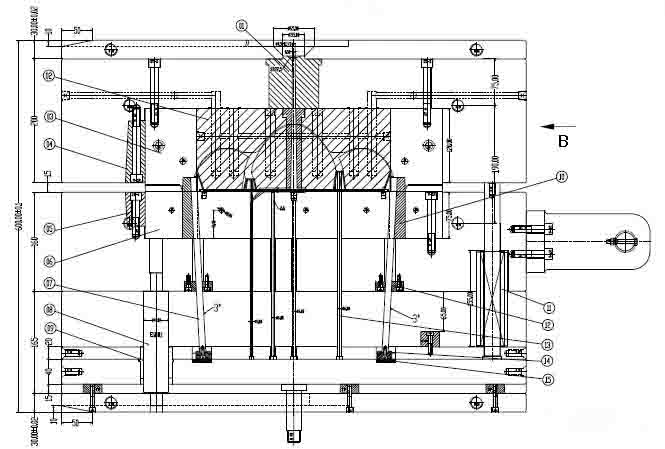
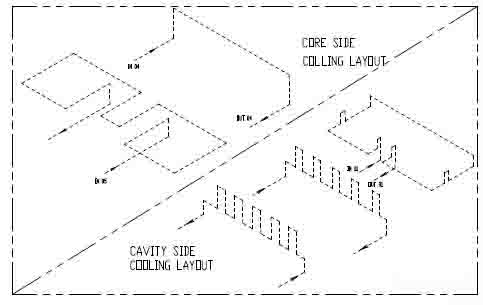
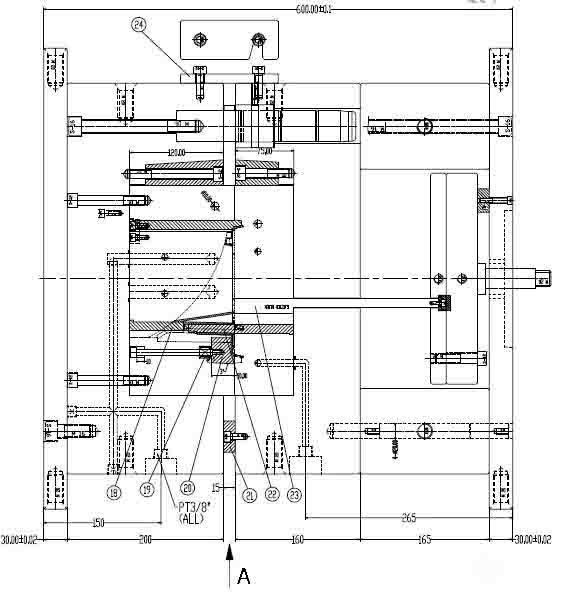
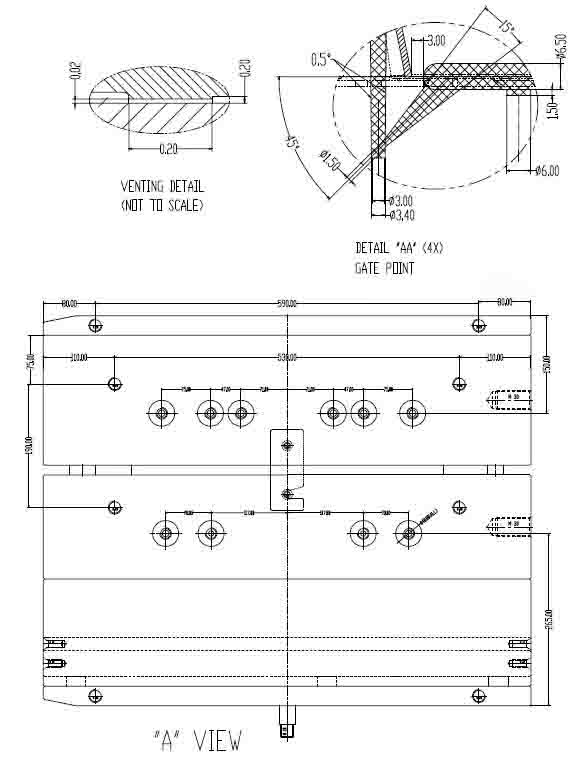
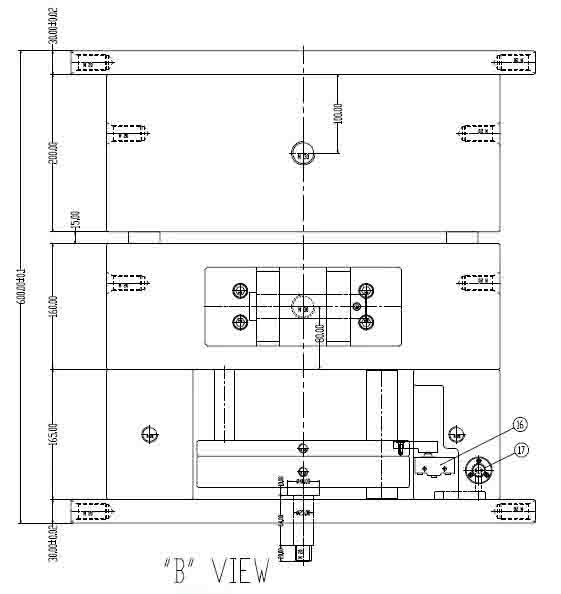
© Copyright: 2025 Lyter Engineering Ltd. All Rights Reserved

IPv6 network supported